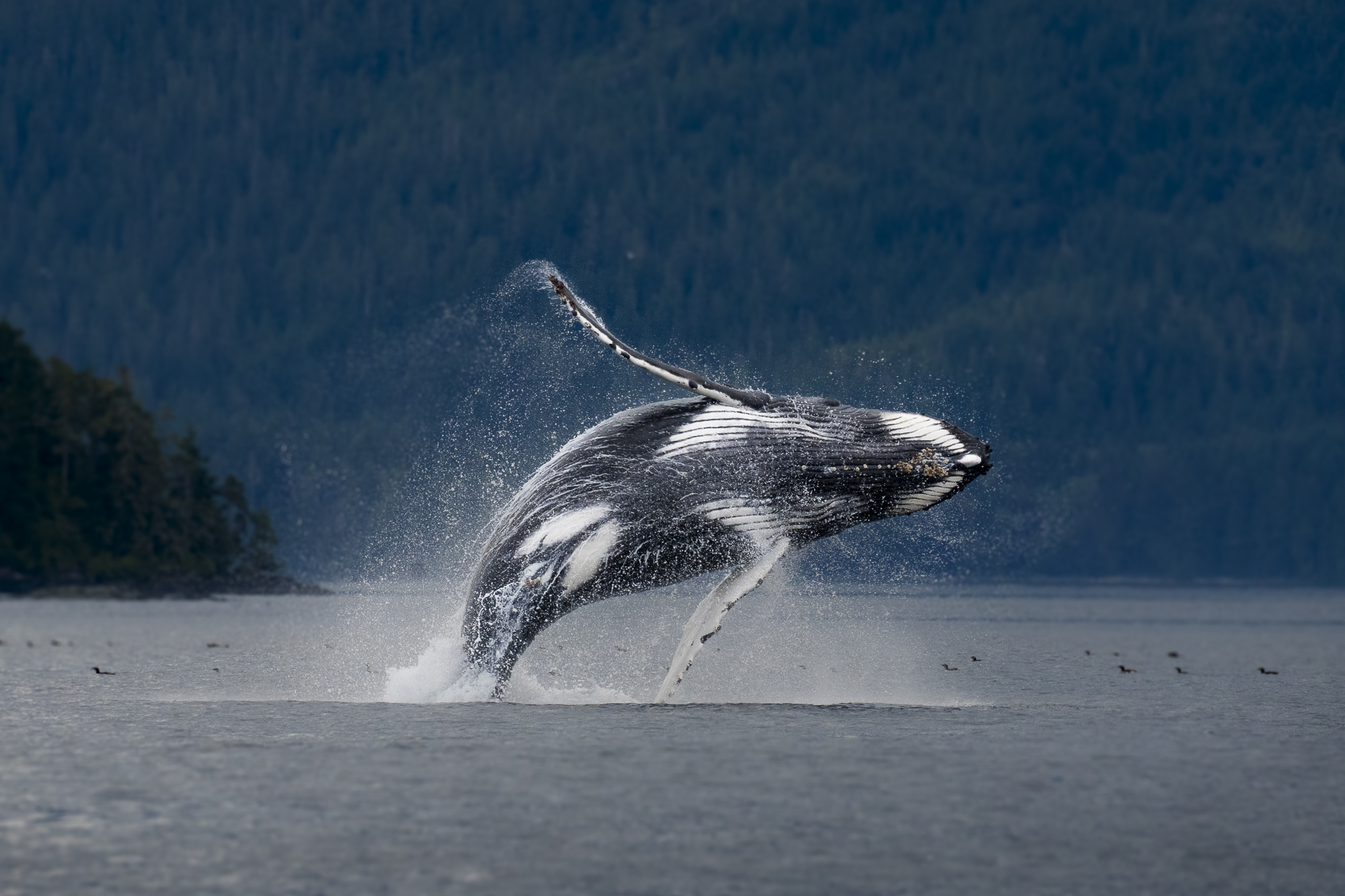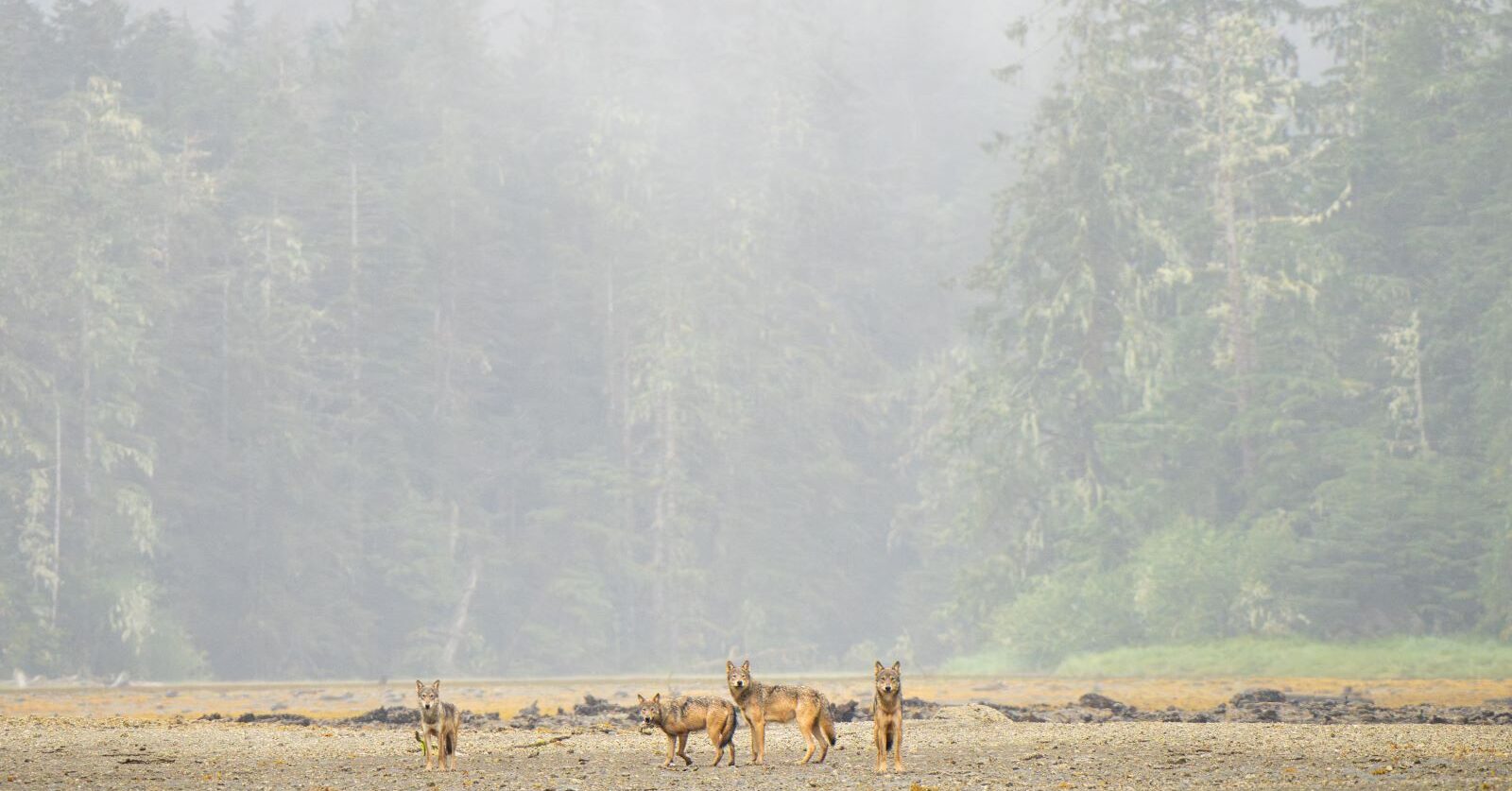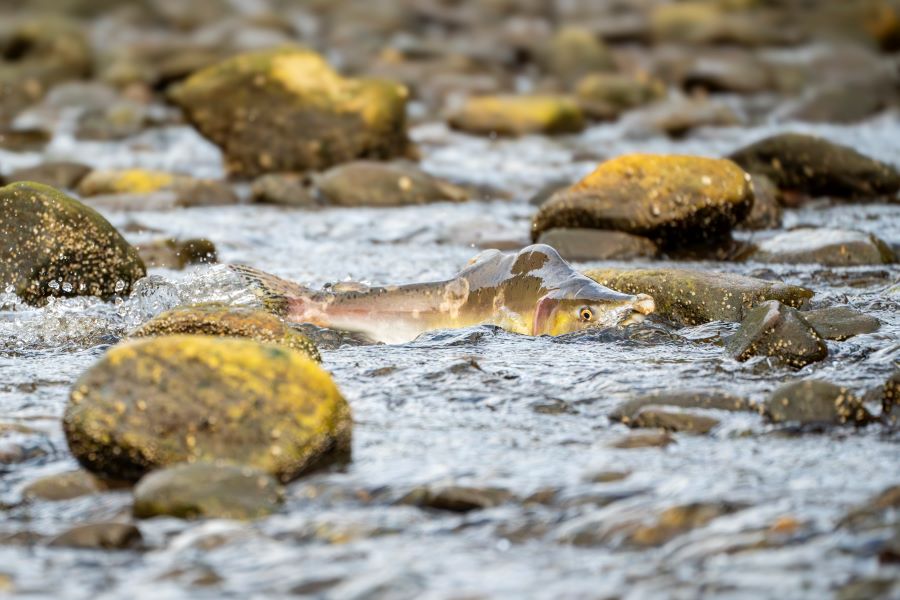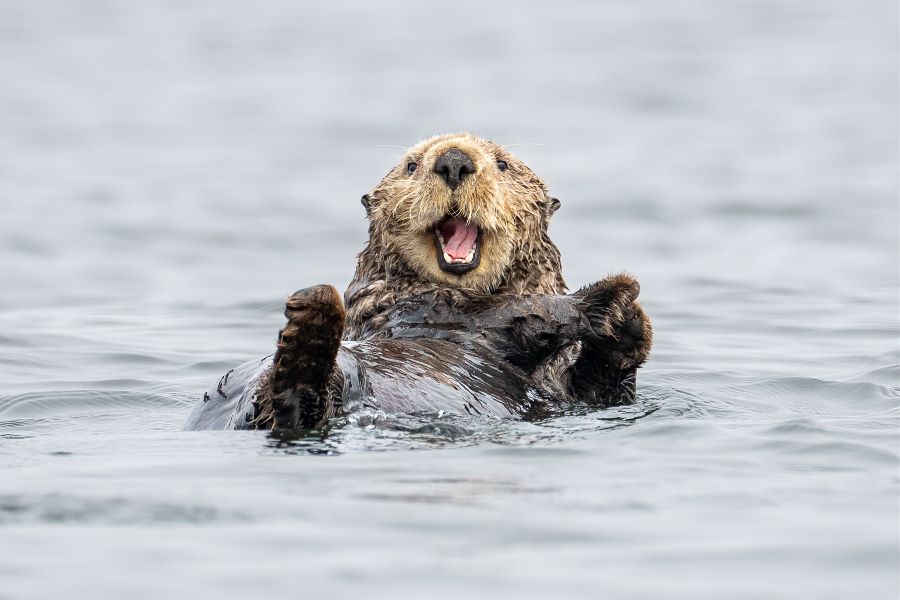If you have enjoyed a trip with Bluewater Adventures, you will have had the pleasure of being in the company of whales. The whales that we see May through October on the BC and Southeast Alaska coast are primarily giant humpback whales, northern resident killer whales (salmon eaters), Biggs killer whales (mammal eaters), and even fin whales! Each year sightings increase, according to data collected from the Ocean Wise Sightings Network. We are seeing – a comeback from a time on this coast that few of us can comprehend.
The whale hunt on the BC coast began in the mid-1800s with whalers, primarily from the United States and Hawaii, arriving on tall ships, using dories and hand-held harpoons. This limited their catch to the slower cetaceans like sperm and right whales.
Humpback whales were also hunted in the Salish Sea and Queen Charlotte Strait – some of the first whaling stations were built just north of Vancouver in “Blubber Bay” (Texada Island), “Whaling Station Bay” (Hornby Island), and “Whaletown” (Cortes Island). It was here where whalers would process their catch and render the blubber.
By the 1900s, steam ships arrived, providing whalers with the means of outpacing even the fastest whales, and with explosive harpoons, the whaling industry boomed. From 1905 – 1911, five additional whaling stations were erected from Barkley Sound to Haida Gwaii.
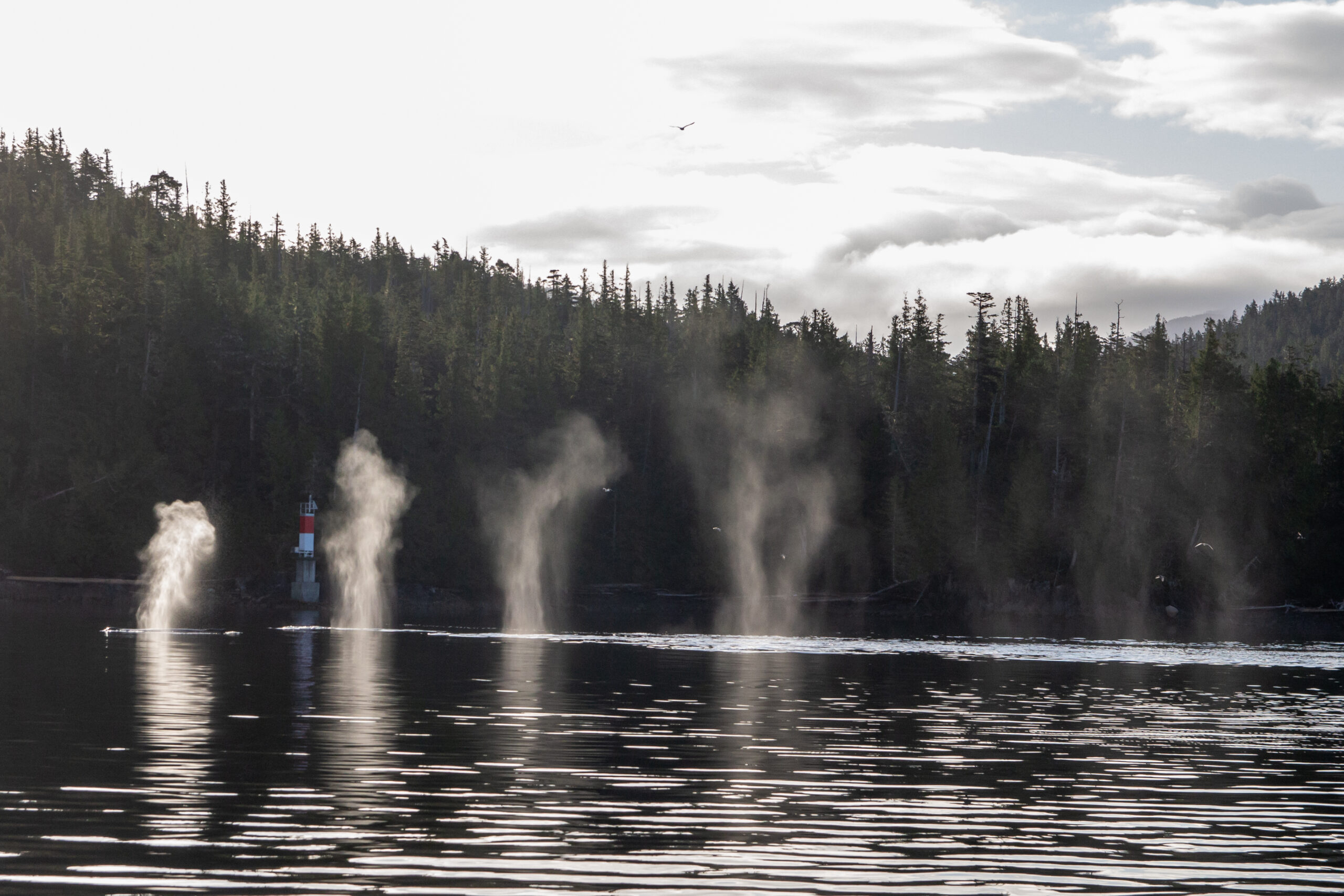
Image – Eddy Savage
With World War II, whaling began to decline due to the decimation of animals and the saturation of whale oil on the world’s market. By 1967, the industry had been all but dismantled, but during that brief time, it is estimated that 25,000 whales were taken in the BC whale fishery. The industry “processed” mostly humpback whales, being the easiest target, but no whale in BC waters was safe. Blue, fin, sei, right whales, sperm, Baird’s beaked and gray whales all fell prey to the harpoon. The heavily hunted resident populations of humpback whales were hunted to extirpation and never recovered.
The good news? In 1967, The International Whaling Commission instated a worldwide moratorium on whaling. Although Pacific humpback whale populations were exceptionally low, time has allowed their numbers to (now return to pre-whaling numbers) – an incredible comeback. Now whales are fuelling an entirely new and sustainable industry – tourism. With increased interest in marine mammals, research and conservation groups have rallied to regulate the industry with sustainable viewing standards that protect the whales.
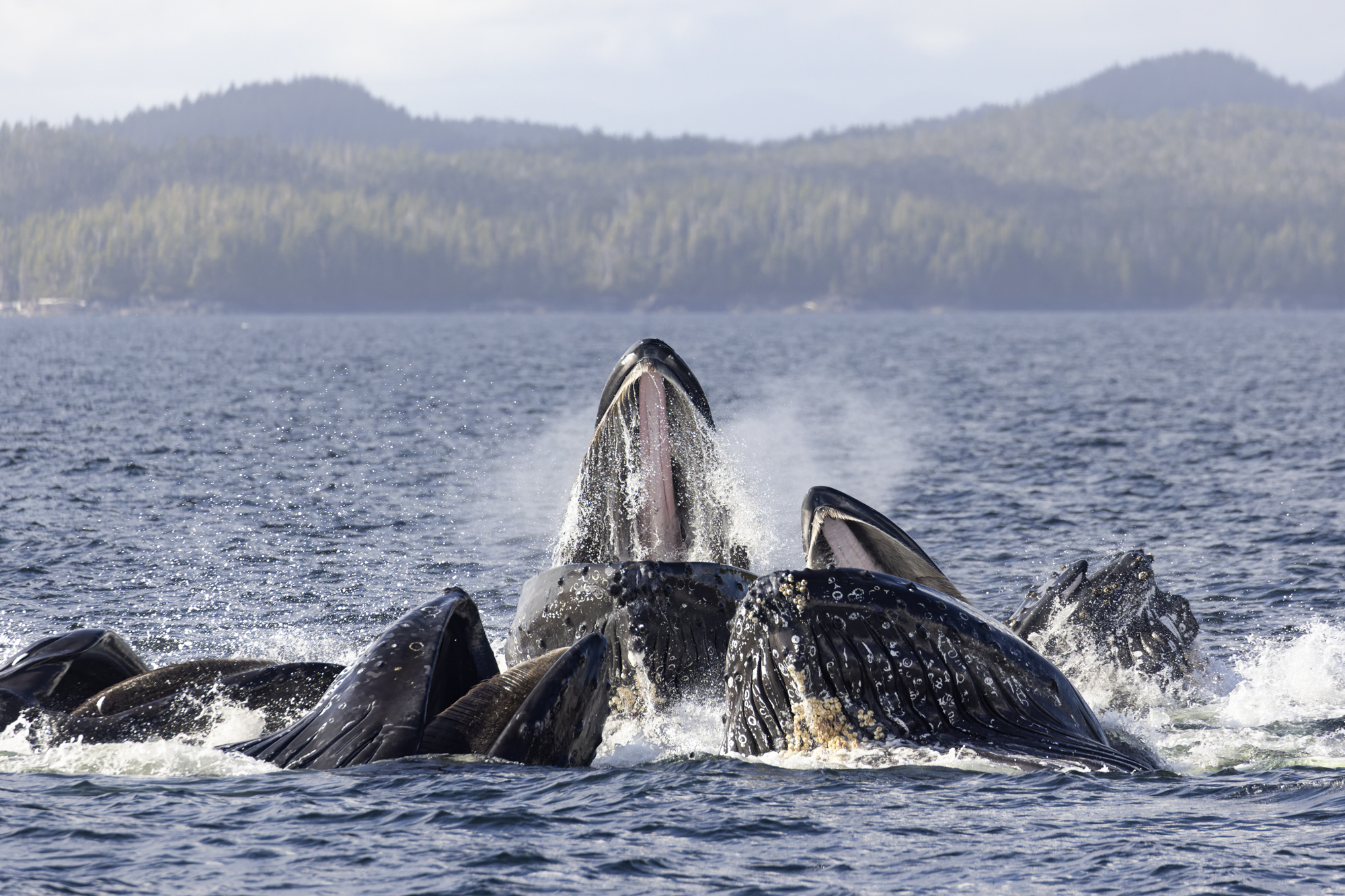
Image – Liron Gertsman
With a new lens fixed on whales on the BC coast, we have learned that more needs to be done to support the growing numbers of these sentient beings. We now understand that marine “noise” from cargo & cruise ships can have a significant impact on orca and their ability to source food, and we know that humpback whales are at significant risk of fishing gear entanglement and ship strikes.
With groups like the Marine Education and Research Society (MERS) and the North Island Marine Mammal Stewardship Association (NIMMSA), whales on the coast of BC have great spokespeople educating industry, setting sustainable viewing regulations, and creating a culture of protection.
We have come a long way – but have a lengthy line to haul in the years to come. If you have met a whale on a Bluewater trip, you will know the importance of their legacy. For more information on how you can help, contact MERS and NIMMSA.
Join us on some of our favourite whale itineraries! Contact us for more information today.
